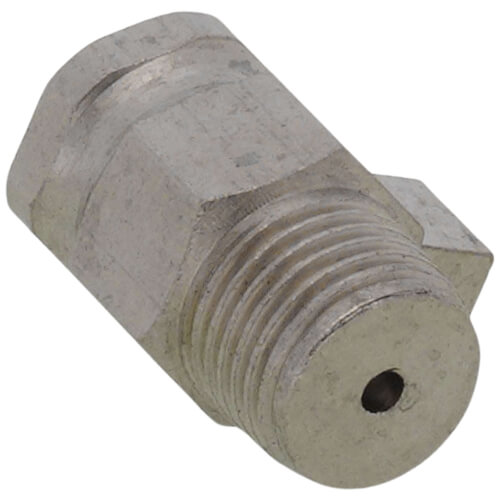I have an old Weil McLain CGM6Pi Ser. 7 gas-fired boiler, with a Taco 007-F5 circulator pump. It's the beginning of the heating season. I had a technician here 2 days ago because the heat wouldn't come on. The problem was the damper not opening properly. He got that solved, and did an overall clean and check of the boiler. (He warned me that the boiler is nearing end of life, which isn't a surprise.)
Now the boiler fires and heats, but I'm not sure it's circulating. The pump is hot to touch, which Google tells me is normal. The upstairs radiators (actually convectors) are putting out warm air, but not as warm as I'd expect. And normally especially in the upstairs bedroom I'd hear a water swooshing sound when the heat comes up in the morning. I'm not hearing that.
The gauges on the boiler say the water is 180 deg. F, and the pressure is about 20 psi when it's heating. The technician drained some water out of the expansion tank when he was here because he said the pressure was too high at about 35-40 psi. He also turned off the shut-off valve for the automatic water refill and said it was better not to add new water into the system unless there was a need to.
Sorry if this is rambling. Bottom line is I don't want another service call if it's unnecessary, and I don't want to sound like a silly lady fussing about her boiler. Is there a way I can just check if the pump is circulating the hot water?
Now the boiler fires and heats, but I'm not sure it's circulating. The pump is hot to touch, which Google tells me is normal. The upstairs radiators (actually convectors) are putting out warm air, but not as warm as I'd expect. And normally especially in the upstairs bedroom I'd hear a water swooshing sound when the heat comes up in the morning. I'm not hearing that.
The gauges on the boiler say the water is 180 deg. F, and the pressure is about 20 psi when it's heating. The technician drained some water out of the expansion tank when he was here because he said the pressure was too high at about 35-40 psi. He also turned off the shut-off valve for the automatic water refill and said it was better not to add new water into the system unless there was a need to.
Sorry if this is rambling. Bottom line is I don't want another service call if it's unnecessary, and I don't want to sound like a silly lady fussing about her boiler. Is there a way I can just check if the pump is circulating the hot water?


